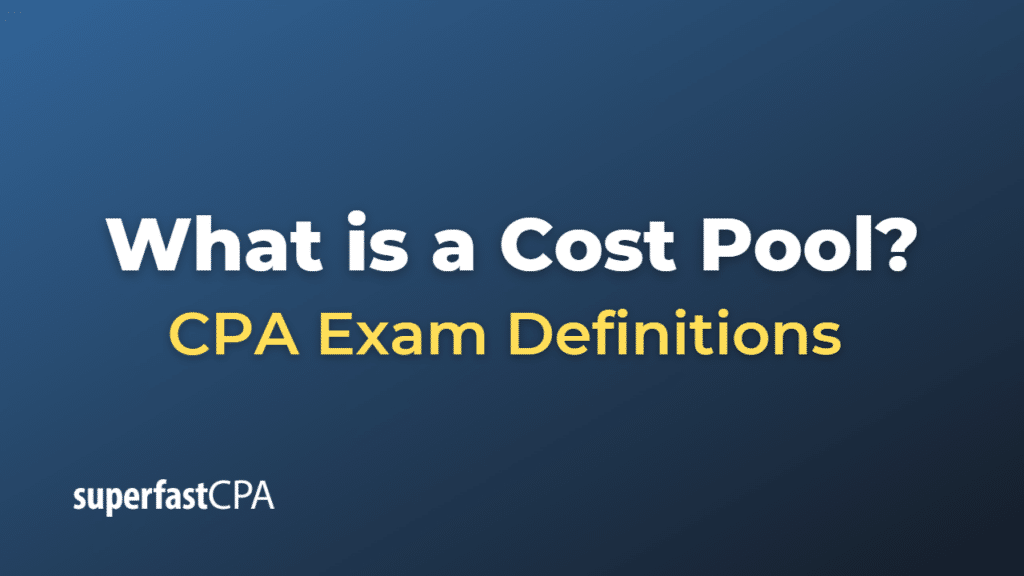Cost Pool
A cost pool is a grouping of individual costs, typically by department or service center. The purpose of cost pools is to aggregate all costs with similar characteristics and to then allocate them to various cost objects, such as products, services, or departments, based on a common measure known as a cost driver.
Cost pools are used in cost accounting, specifically in activity-based costing (ABC) and job costing systems, to simplify the process of cost allocation. By aggregating costs at the pool level, businesses can more accurately distribute costs to products or services that consume resources.
For example, let’s say a company has a manufacturing department and a marketing department. Each of these can be considered a cost pool, which includes all costs associated with that department. In the manufacturing cost pool, costs might include raw materials, direct labor, and manufacturing overhead. In the marketing cost pool, costs might include advertising expenses, salaries of marketing staff, and costs of market research.
Cost pools are crucial in ensuring that costs are allocated accurately and fairly, and they can help management make informed decisions about pricing, budgeting, and financial analysis.
Example of a Cost Pool
Let’s look at an example using a simplified scenario involving a furniture manufacturing company that makes two products: chairs and tables.
The company incurs costs in three different departments, each of which can be considered a cost pool:
- Materials Cost Pool: The cost of raw materials used to manufacture the products.
- Labor Cost Pool: The cost of direct labor involved in making the products.
- Overhead Cost Pool: Other costs associated with manufacturing, such as utilities, rent, and depreciation on machinery.
Let’s assume for a given period, the costs are as follows:
- Materials Cost Pool: $10,000
- Labor Cost Pool: $15,000
- Overhead Cost Pool: $5,000
Each of these costs needs to be allocated to the company’s products (chairs and tables) to determine the cost of producing each product.
The company decides to use the number of units produced as the cost driver for materials and labor costs, and machine hours as the cost driver for overhead costs.
Suppose in this period, the company produces 1,000 chairs and 500 tables, and the chairs require 2,000 machine hours while the tables require 3,000 machine hours.
The cost allocation would be as follows:
- For the Chairs:
- For the Tables:
Through cost pools and cost drivers, the company can more accurately allocate costs to its products. This helps with pricing decisions, profitability analysis, and cost control.












